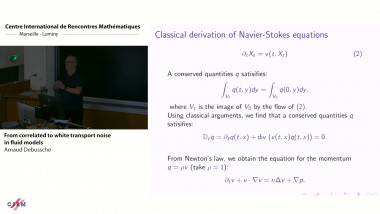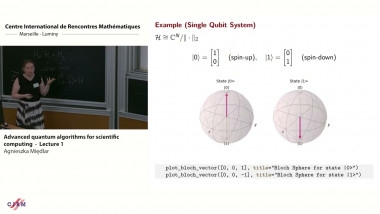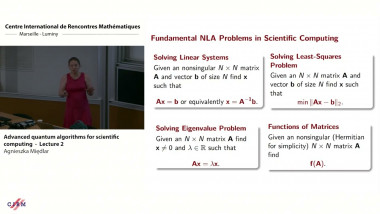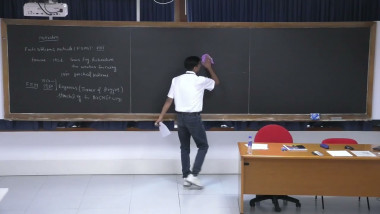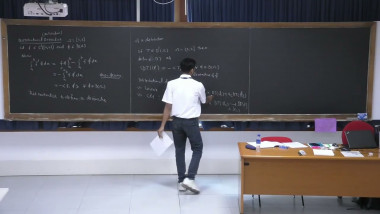Appears in collection : CEMRACS: Numerical challenges in parallel scientific computing / CEMRACS : Défis numériques en calcul scientifique parallèle
When solving wave scattering problems with the Boundary Element Method (BEM), one usually faces the problem of storing a dense matrix of huge size which size is proportional to the (square of) the number N of unknowns on the boundary of the scattering object. Several methods, among which the Fast Multipole Method (FMM) or the H-matrices are celebrated, were developed to circumvent this obstruction. In both cases an approximation of the matrix is obtained with a O(N log(N)) storage and the matrix-vector product has the same complexity. This permits to solve the problem, replacing the direct solver with an iterative method.
The aim of the talk is to present an alternative method which is based on an accurate version of the Fourier based convolution. Based on the non-uniform FFT, the method, called the sparse cardinal sine decomposition (SCSD) ends up to have the same complexity than the FMM for much less complexity in the implementation. We show in practice how the method works, and give applications in as different domains as Laplace, Helmholtz, Maxwell or Stokes equations.
This is a joint work with Matthieu Aussal.
